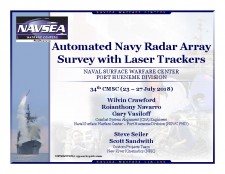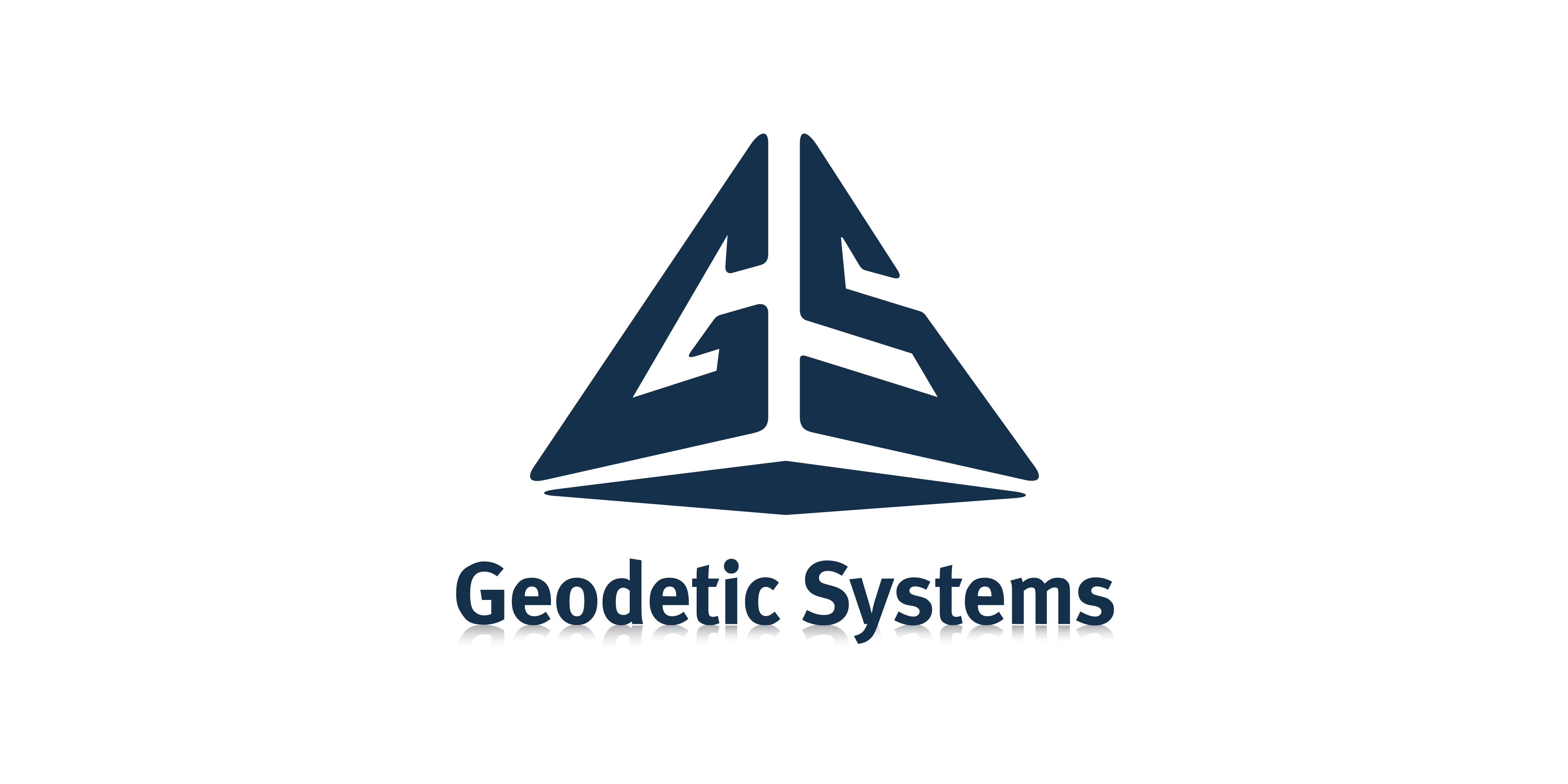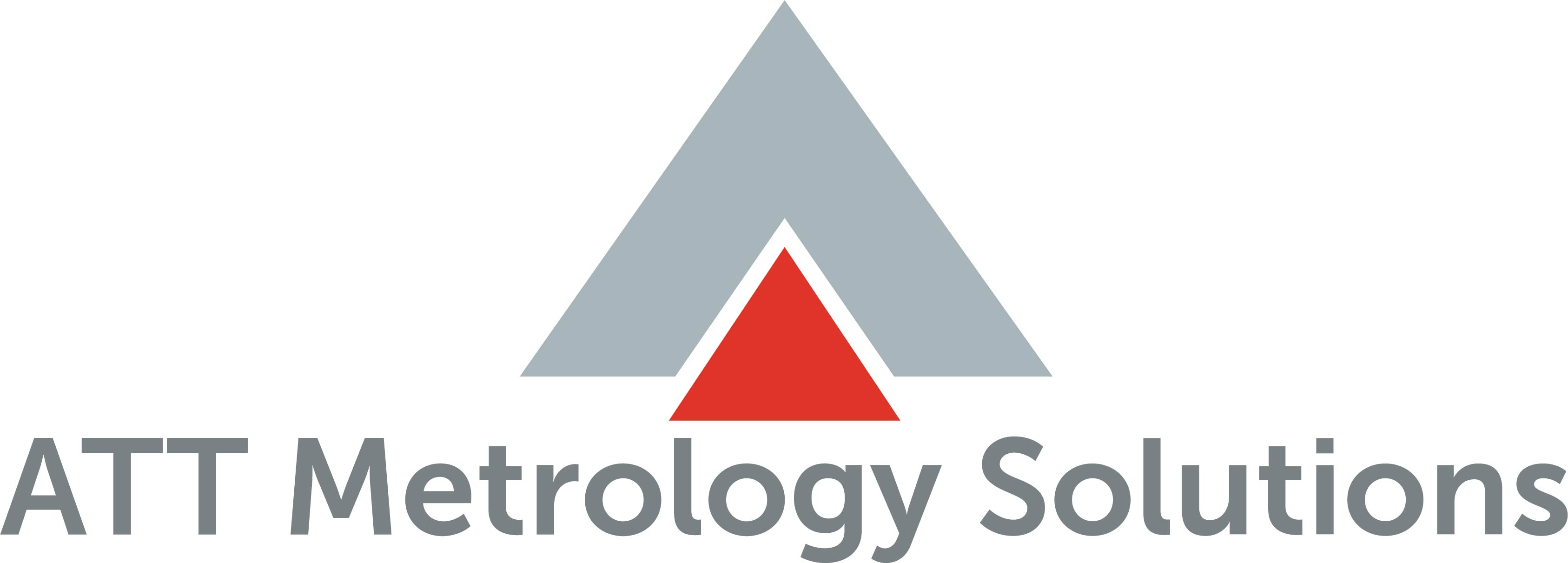
|
Download Members: $0.00 Non‑Members: $75.00 |
Buy Now |
Publication Details
| Published Date: | |
|---|---|
| Authors: | Wilvin Crawford, Steve Seiler, Scott Sandwith |
| Citation: | Crawford, Wilvin, Naval Sea Systems Command, wilvin.crawford@navy.mil Navarro, Roianthony, Naval Sea Systems Command, roianthony.navarro@navy.mil Reyes, Eric, Naval Sea Systems Command, eric.reyes2@navy.mil Sandwith, Scott, New River Kinematics, scott@ki |
Abstract
Abstract
The Combat System Alignment (CSA) survey for the AN/SPY-1 phased array radar system is a critical and complex task that takes place over multiple nights either onboard one of the over 100 ships or onsite at the Ballistic Missile Defense (BMD) facilities and Aegis shore sites worldwide. These ships and land-based sites are equipped with the AEGIS Combat System (ACS). The combat effectiveness of the ACS is dependent on the comprehensive and accurate completion of the surveying process.
|
Figure 1: AN/SPY-1D radar system (light gray octagon) |
The AN/SPY-1 is a passive electronic scanning 3-D radar system and a key component of the integrated naval weapon system known as the ACS. CGs and DDGs are naval warships equipped with the ACS and subsequently the AN/SPY-1 radar system. AN/SPY-1 system uses four large octagonal antennas. These connected antennas each provide 90 degrees of coverage and simultaneous tracking capability of 200 targets. To verify physical alignment, each antenna is surveyed independently using key fiducial points on each array against the ship’s common coordinate system and leveling plane. This produces the array’s definite orientation relative to the ship‘s references. The survey process is designed to measure element alignment errors which are afterward corrected maximizing opportunities for target detection-control-engagement.
During the survey, several measurements must be completed each with different tolerances and setup challenges. The survey is an extensive process requiring great technical knowledge of surveying, the Standard Operation Procedure (SOP) for surveying the AN/SPY-1 system, laser trackers, and the SpatialAnalyzer (SA) software used to operate the laser trackers. A Measurement Plan (MP) was written within SA to complete these periodic surveys standardizing the process and improving the measurement’s reliability. This specific MP, known as Radar Array Measurement Plan (RAMP), enables the various Navy CSA teams to complete each task while simultaneously tracking the status and checking against the tolerances.
RAMP’s automated solution provides a user-friendly interface that allows the operators to quickly decide what task to complete next. The RAMP suite standardizes the radar array survey procedure, simplifies the process, reduces the survey time, and automatically generates the final data reports. The main goals are to reduce user error, enforce procedural compliance, and reduce the time for surveying and training. It is compatible with all AN/SPY-1 arrays on Ticonderoga class of guided-missile cruisers (CG) and Arleigh Burke class of guided-missile destroyers (DDG). Naval Surface Warfare Center Port Hueneme Division (NSWC PHD), an organization of the United States Department of the Navy, is responsible for the deployment and maintenance of the RAMP to all Naval CSA activities worldwide, specifically Regional Maintenance Centers (RMCs).
Figure 2 – RAMP’s Initial input to create or open a survey file.
NSWC PHD has already introduced several modifications to the RAMP to add clarification and improve accessibility. The RAMP was created specifically for use on the AN/SPY-1 radar system. In the future, the software will be expanded to cover other radar arrays. The first planned addition is the AN/SLQ-32/Surface Electronic Warfare Improvement Program system (SEWIP). DDG 1000 class ships introduce new arrays to the DDGs such as Identification, Friend or Foe (IFF) and Cooperative Engagement Capabilities (CEC) systems that SOP for surveying will later become part of the RAMP.
Figure 3 – RAMP’s Survey Status Table, displayed between tasks.
The implementation of RAMP at all Navy’s RMCs standardizes the measurement, analysis, reporting, and files management of the AN/SPY-1 radar array survey for DDGs and CGs. It has decreased the time to complete the survey. This mitigates errors from setup and environmental effects because reducing elapsed time for survey further reduces the amount of hull deformation. RAMP also standardizes measurement and analyses methods yielding process consistency between alignment teams. The automation solution architecture is flexible enough to handle different styles of measurement while rigorous enough to ensure the SOP is followed.
In its current state, RAMP works very well for the AN/SPY-1 radar array. In the future, the RAMP will be enhanced to be usable on several other radar arrays. As the use of laser trackers and other coordinate measurement machines for Navy alignment becomes more commonplace, NSWC PHD expects tools like the RAMP will be made more accessible and become more standardized. RAMP serves as an excellent effort that can be produced through the collaboration between government and industry.
References
- Technical Document, SW225-AO-MMA-010, Theory of Combat System Alignment
- Technical Document, SW225-CH-CSA-010, Combat System Alignment Manual for DDG-51 Class Destroyers
- Technical Procedure, 4160-15U0001-A73, Procedure for Surveying AN/SPY-1 Radar Phased Arrays with Lasers Using Spherically Mounted Reflectors (SMRs) AND Measurement Plans





